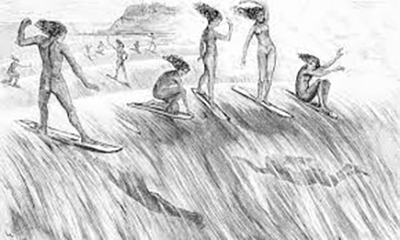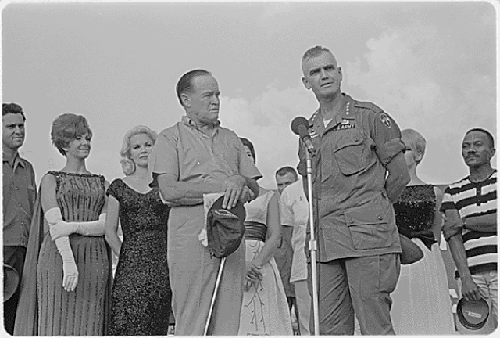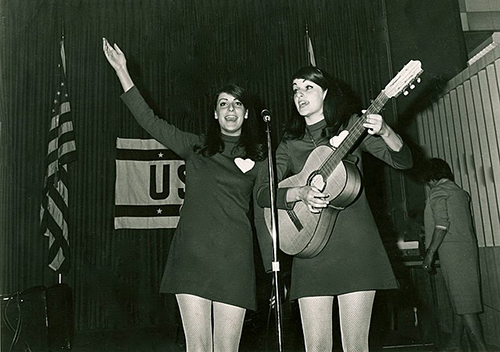The History of Surfing
Ancient Peruvians used to surf the waves on a device called Cabillita de Totora (little horse of Totora), a curved vessel, shallow, but not the surfboard form as we recognize it. It was the ancient Polynesians who surfed with the kind of board we would recognize today, and a sailor on the Endeavor, Captain Cook’s ship, first recorded this activity in his journal in 1769.
The Polynesians, when they rowed across the ocean to settle in Hawaii, brought surfing to those islands, where it thrived and became part of native Hawaiian culture, as he’e nalu (wave sliding).
Duke Kahanamoku
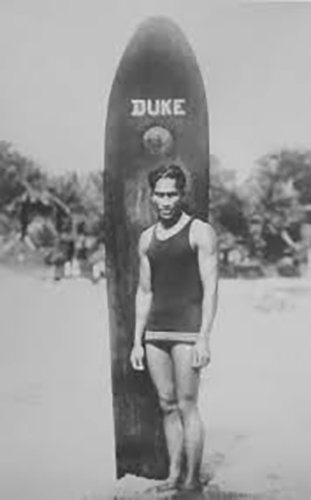 He is briefly mentioned in my novel, but he is remembered as one of the true legends of surfing and the man who brought it to California—and the world.
He is briefly mentioned in my novel, but he is remembered as one of the true legends of surfing and the man who brought it to California—and the world.
Duke was born Duke Paoa Kahinu Mokoe Hulikohola Kahanamoku in 1890, in Honolulu. His family was minor Hawaiian nobility.
Duke spent his childhood near Waikiki and became a legendary swimmer and diver—a waterman—winning medals in three Olympics and breaking world records. He was also an excellent surfer, preferring, in his younger years, the traditional Hawaiian board made out of wood, standing sixteen feet tall and weighing 114 pounds. Between Olympics, Duke toured internationally to give swimming exhibitions. He also incorporated surfing in these displays and thus, in 1912, introduced surfing to Southern California. He did the same to Australia in 1914.
He did some stunt and background work in films during the periods he lived in Southern California. In 1925, Duke rescued several swimmers in Newport Beach, California, a heroic effort that led to much publicity and was the catalyst for lifeguards incorporating surfboards in their lifesaving equipment. In the 1930s and 1940s, Duke became very popular among the Hollywood crowd and taught many movie stars how to surf, also increasing the sport’s visibility.
Duke died in Hawaii at the age of 68. He was the first person to be inducted in both the Surfing and Swimming Halls of Fame.
Gidget
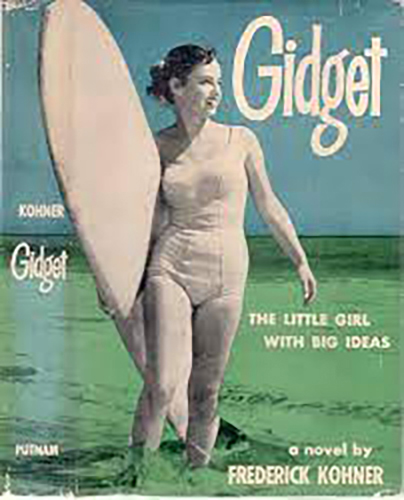 Mentioned frequently in the book, Gidget was a true phenomenon in 1950s Southern California, and the entire nation.
Mentioned frequently in the book, Gidget was a true phenomenon in 1950s Southern California, and the entire nation.
One summer in the 1950s, a fifteen-year-old girl named Kathy Kohner took up surfing out of boredom. She stumbled across some of those original Malibu surfers—Miki Dora, Mickey Nunoz, Dewey Weber—hanging out at a rickety shack on Malibu Point. There were other women about, but none who wanted to surf. But Kathy was smitten, and begged the older guys to teach her, and let her surf with them; she even tried bribing them with food, bringing sandwiches with her. Finally tiring of Gidget’s pestering, they let her. (Gidget was their nickname for her, a combination of “girl” and “midget,” because she was so small.)
Kathy spent a couple of summers surfing with them, but then went on to college and married, had children. But during that first summer, her father overheard her talking on the phone using a strange lingo—surf lingo. Fascinated, he started writing down snippets of her conversation (creepy, right?). But her father was Frederick Kohner, a successful Hollywood screenwriter, one of the Jewish emigres who fled Europe before World War II to come to Hollywood. He collaborated with Kathy—who told him stories of her adventures that summer—to write a book, published in 1957, called “Gidget: The Little Girl With Big Ideas.” It was Kathy’s image on the cover.
However, when the book was published only Fredrick Kohner’s name was listed as the author. He took full credit for the book at first; it was only after it became an enormous hit that he began including Kathy in interviews and giving her credit. Although he did give her a percentage when he sold the movie rights. When the book was re-released in the 1990s, her name was finally listed as co-author.
It’s hard to describe how huge a deal Gidget was in 1957. It really put surfing on the map in Southern California, despite the fact that people had been surfing there since the 1920s. California teenagers, prior to Gidget, didn’t really hang out at the beach the way we imagine they did. And surfers were outlaws, not icons.
But then Gidget made it all look glamorous and fun. And liberating, to a certain extent, for women—although women continue to this day to be marginalized in the competitive surfing world. When the novel was made into a hit 1958 movie starring Sandra Dee, spawning sequels and ultimately giving rise to the Beach Party movies, suddenly teenagers all over Southern California were flocking to the beach, and teenagers all over the rest of the United States were looking at them in envy. California Girls became the ideal. The Beach Boys only made surfing, sun and California more popular. In 1965, a Gidget TV series premiered, starring an unknown Sally Field.
But it all started with Gidget—aka Kathy Kohner.
The Beach Party Films
This is an entire genre of films geared toward a teenage audience, starting in 1963 with the film Beach Party, produced by American International Pictures. AIP was a low-budget production company. While the film version of the book Gidget was released in 1958, to huge success, and definitely marketed to a teenage audience, there are differences between it and the true “Beach Party” films. For one thing, Gidget’s parents played a major part in that film. There wasn’t as much music, either. And there was a morality lesson at the heart of it. AIP took the most popular elements—the beach setting and the teen heartthrob stars—and dispensed with any parents or morality lessons. AIP also added music—lots of music! Music by and for teenagers, which by 1963, were the largest consumer group. All those Baby Boom babies were in their teens now and had disposable income.
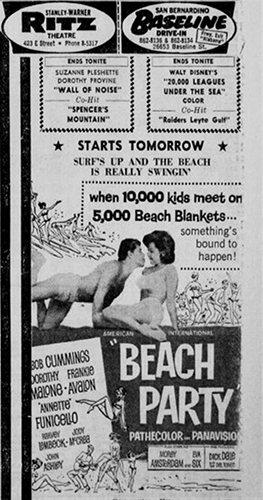
There were other movies that are included in this genre, some set against a skiing background, for instance. And major studios tried to replicate AIP’s success, including several Elvis movies. However, AIP’s movies were by far the most successful and are what we remember collectively as The Beach Party movies, usually starring Annette Funicello and Frankie Avalon, featuring musical acts like Dick Dale and his Del-Tones and little Stevie Wonder. There’s very little plot, no parents around at all, and the few older adults in the films are all portrayed comically. These movies are about surfing, sun, and lots and lots of scantily-clad (for the time), beautiful—and exclusively white, it must be noted today—teenagers dancing to popular music. And occasionally surfing.
Real Malibu surfers like Miki Dora actually doubled for the stars in the surfing sequences, much like Mindy, Ginger, Tom Riley and the gang do in the novel. And it was ironic that in doing so, they helped these movies turn their hallowed, private surfing spot into one of the most popular beaches in the world, full of amateurs—“kooks”—trying to be like them. Spoiling their paradise.
The Beach Party move era ended in 1967 with the release of Thunder Alley, which didn’t do well at the box office.
In 1987, Back to the Beach was released. This was basically a film with the premise of: What would happen if Frankie and Annette grew up, got married, turned into their parents, moved to the suburbs, and had a teenaged daughter who wanted to live with a surfer? It’s a bizarre, yet fun movie full of 1960s pop culture icons, sixties music, punk rockers, and musical numbers. It’s also the last movie Annette Funicello made before she retired.
I’d argue that the Beach Party movies were the first movies truly made only for a teenaged audience, and filmmakers like the late John Hughes can thank Frankie and Annette for their careers.
Here are some of the best of the Beach Party films, in my humble opinion:
• Gidget, 1959
• Beach Party, 1963
• Muscle Beach Party, 1964
• Beach Blanket Bingo, 1965
• Back to the Beach, 1987
Localism in Surfing
One of the effects of the Gidget phenomenon was that surfers suddenly had to put up with crowded beaches and “kooks”—amateurs who couldn’t really surf, who had no desire to live the true surf life of following the waves, living outside of society, but who nevertheless wanted to look like those surfing gods. Those pristine California beaches, including Malibu, were suddenly overrun with tourists, kooks, and litter. And the water was filled with amateurs on surfboards who had no knowledge of the traditions of surfing—the sanctity of the lineup, meaning you took your turn riding the best waves, there was no cutting in, no popping up in front of someone else already riding in. There was a hierarchy, too, among the regulars that was disregarded by the dilletantes. Collisions became common, and some were on purpose; the locals often had no trouble plowing into some kook who was in the way. There were violent episodes, as well.
Locals owned the beach; that was the way it was then and it still is. You don’t just show up all of a sudden and belong to the tribe; you have to earn your way in.
The popularity of surfing, then, shone a spotlight that wasn’t always welcome by the original surfers of the 1950s, before Gidget happened. All of a sudden surfing became a competitive sport with sponsorships, magazines devoted to it, and the purity of surfing life was at risk. What was seen as an ideal way of life, free from the pursuit of money, free from responsibility, was being co-opted and marketed. The Beach Boys, Gidget, all those Beach Party movies—none of them had any link to that original surfer mindset of leaving society behind and following the waves. The purists’ resentment was real—sometimes boiling over into violence.
And it persists still today.
The Brotherhood of Eternal Love
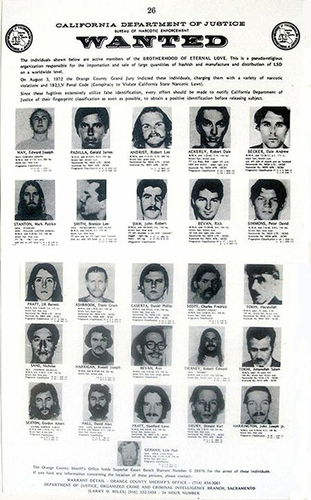 Ever heard of “Orange Sunshine?” These bright orange LSD tablets were manufactured by the Brotherhood of Eternal Love in the late 1960s-early 1970s and distributed widely in the hope of starting a “psychedelic revolution.”
Ever heard of “Orange Sunshine?” These bright orange LSD tablets were manufactured by the Brotherhood of Eternal Love in the late 1960s-early 1970s and distributed widely in the hope of starting a “psychedelic revolution.”
The Brotherhood was started by John Griggs, first as a commune. Soon, however, it became heavily involved in drug manufacturing (LSD) and importing (hashish, first from Mexico and later, Afghanistan). The Brotherhood moved south to Laguna Beach, establishing a commune in the hills. Legally registered as a non-profit religion, the Brotherhood opened Mystic Arts World, a headshop that also sold arts and crafts (and lots of LSD and marijuana in the back rooms). Rolling Stone dubbed them the “Hippie Mafia” and police regularly raided the compound.
Dr. Timothy Leary was an icon to them, and after Leary was imprisoned, they hired the Weather Underground to spring him from jail in 1970. The Brotherhood broke up in 1972, after Griggs died of an overdose and the FBI arrested most of the remaining leadership.
USO Tours of Vietnam
Many people of a certain age remember the Bob Hope Christmas Specials from the 1960s, which were filmed during his famed USO tours of Vietnam. Hope was beloved by US troops, from World War II on, for tirelessly entertaining them in the field of battle. His tours during the Vietnam War featured many of the popular young starlets of the era, including Raquel Welch and Ann-Margret.
There were many others who risked their lives to entertain the soldiers in Vietnam; the USO sent out many, smaller tours consisting of folk singers, musicians, dancers, specialty groups, beauty pageant winners—people whose names you’ll never know. They volunteered, endured long, uncomfortable plane roads overseas, scary helicopter rides to bases, and shelling by the enemy. They visited solders in hospitals, held the hands of dying young men, wrote letters home for soldiers who couldn’t do so themselves. They held tape recorders up to hospitalized soldiers so they could send a tape home to family; sometimes these were the last words their loved ones would ever hear from them.
The USO (United Service Organization) was founded by Franklin Delano Roosevelt in 1941 and still exists today, supporting US troops stationed all over the world. To find out more about the USO or to donate, visit here.


